oxytetracycline for cattle
$100.00 – $650.00Price range: $100.00 through $650.00
Learn about oxytetracycline for cattle, its uses, dosage, and benefits in treating infections. Find out how this antibiotic supports livestock health.
Oxytetracycline for Cattle: Uses, Dosage, and Benefits
Learn about oxytetracycline for cattle, its uses, dosage, and benefits in treating infections. Discover how this antibiotic supports livestock health.
Introduction
Cattle health is a top priority for livestock farmers, and maintaining it often requires the use of antibiotics. Among the most effective treatments available is oxytetracycline for cattle. This versatile antibiotic tackles a wide range of bacterial infections, including respiratory diseases, wound infections, and more. In this guide, we’ll discuss how it works, the correct way to administer it, and the key benefits for cattle herds.
What is Oxytetracycline?
To begin with, oxytetracycline is a broad-spectrum antibiotic widely used in veterinary medicine. It works by blocking bacterial protein synthesis, effectively stopping the growth of harmful bacteria in cattle. As a result, it helps the immune system fight off infections more effectively.
Common Uses of Oxytetracycline in Cattle
Next, let’s look at some of the most common conditions that oxytetracycline for cattle is used to treat:
- Bovine Respiratory Disease (BRD): A frequent concern in cattle farming, BRD results from bacterial infections, which oxytetracycline helps control.
- Foot Rot: This bacterial infection affects the hooves, leading to lameness. Oxytetracycline offers an effective treatment option for controlling it.
- Mastitis: Particularly common in dairy cows, mastitis causes inflammation in the udder, and oxytetracycline helps in managing this condition.
- Anaplasmosis: A parasitic disease, often affecting cattle, can be treated using this antibiotic to control the spread of infection.
- Pink Eye: This eye infection, scientifically known as Infectious Bovine Keratoconjunctivitis, can lead to vision issues, but oxytetracycline provides relief.
How to Administer Oxytetracycline to Cattle
Moving on to administration, there are several ways to give oxytetracycline to cattle depending on the type and severity of the infection:
- Injectable Solution: In cases where individual treatment is necessary, injections are administered subcutaneously or intramuscularly.
- Topical Application: For surface-level infections, applying the antibiotic directly to the affected area can be highly effective.
- Oral Administration: When treating large herds, mixing oxytetracycline with feed or water simplifies the process.
It’s important to consult the product instructions or a veterinarian to ensure the correct dosage is given. Incorrect dosage can lead to ineffective treatment or even antibiotic resistance.
Key Benefits of Using Oxytetracycline for Cattle
At this point, you may be wondering what makes oxytetracycline for cattle such a valuable tool. Here are some key benefits:
- Broad-Spectrum Efficiency: It addresses a wide variety of bacterial infections, providing a flexible treatment option for various cattle health issues.
- Cost-Effective Treatment: Preventing health problems through timely use of antibiotics like oxytetracycline can save you from significant financial losses.
- Supports Herd Health: Treating one infected animal helps prevent the spread of bacteria to other cattle, keeping your herd in good health.
- Improves Welfare: Healthy cattle are more productive, and using oxytetracycline ensures quicker recovery from bacterial infections.
Side Effects and Important Considerations
However, while oxytetracycline is effective, it’s essential to be aware of potential side effects:
- Digestive Disruptions: In some cases, treated cattle may experience mild diarrhea.
- Injection Site Issues: After injections, cattle might show minor swelling or irritation at the site.
- Antibiotic Resistance: Overuse or misuse of oxytetracycline can lead to resistance, so it’s crucial to use it responsibly.
Additionally, always ensure you adhere to withdrawal periods to prevent antibiotic residues in milk or meat products.
When to Seek Veterinary Advice
Before administering oxytetracycline for cattle, it’s best to consult a veterinarian. They can provide specific guidance based on the infection type and severity. Veterinarians help ensure proper use of the antibiotic, making treatment safer and more effective.
Conclusion
In conclusion, oxytetracycline for cattle remains a reliable solution for treating bacterial infections. By understanding how to use it effectively, you can maintain your herd’s health and productivity. With careful administration and veterinary advice, you can minimize side effects and ensure the well-being of your livestock. So, when health issues arise, remember that oxytetracycline can help safeguard your cattle against common bacterial threats.
| Size | 200 mg/ml, 100 ml, 200 mg/ml, 250 ml, 200 mg/ml, 500 ml |
|---|---|
| quantity | 5, 6, 10, 25 |



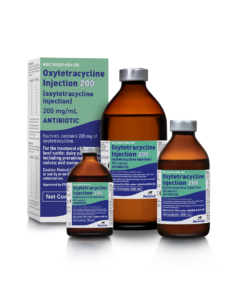
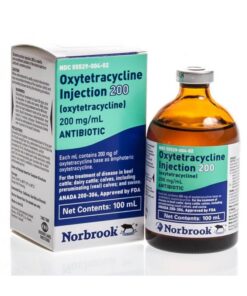




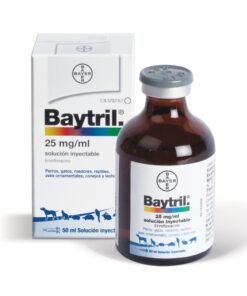
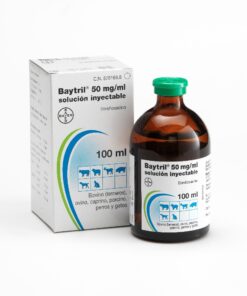
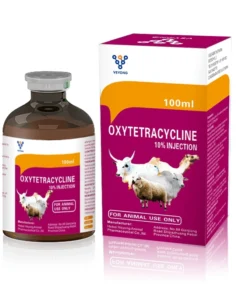
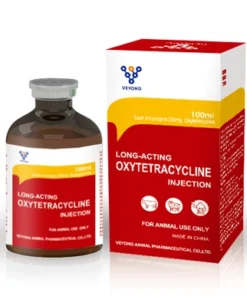
Graham Tudhope –
I recently purchased Oxytetracycline for my cattle from Online Pet Pharmacy, and I couldn’t be happier with the experience. The product arrived quickly and was well packaged. Oxytetracycline has been my go to antibiotic for treating respiratory infections, and it continues to deliver great results. My cattle showed noticeable improvement within days, and it’s clear the medication is both effective and reliable.
The buying process with Online Pet Pharmacy was smooth and hassle free. Their website is easy to navigate, and the checkout process was quick. Shipping was fast, and the product arrived in perfect condition. I also appreciated the discreet packaging and competitive pricing.
If you’re looking for quality livestock antibiotics, I highly recommend Online Pet Pharmacy. Their service is dependable, and the products work as expected. I’ll definitely be ordering from them again